Published on March 22, 2018
Midas Gold Idaho wants to keep the community informed about the work we are doing at the Stibnite Gold Project site. The Ask Midas blog series gives the experts in our company a chance to answer some of the community’s most frequently asked questions and help clear up any misconceptions around the project.
At Midas Gold, we keep a very close eye on the water quality of the East Fork of the South Fork of the Salmon River. As soon as we started exploring the site, we began an extensive baseline study to find out the existing water quality conditions and today, we continue to regularly monitor stream conditions. A few years ago, we also commissioned a multi-year study by the U.S. Geological Survey to evaluate the water quality in the area and they found high levels of antimony and arsenic in various waterways. Metals like these can be dangerous. So why are they in the water? This week, I get to explain in our Ask Midas series.
WHY ARE THERE METALS IN THE EAST FORK OF the SOUTH FORK OF THE SALMON RIVER?
The Stibnite Gold Project is located in a mineral-rich region of Idaho. There is a lot of naturally occurring stibnite (an antimony mineral) at our site, that gives the project its name. This natural high concentration of minerals means it is common for metals to be present in the waterways. However, the situation is made worse because of how past mining operators left the region.
On our site, Meadow Creek, a main tributary of the East Fork of the South Fork of the Salmon River, flows by approximately 10.5 million tons of spent ore and tailings deposited directly in the valley, without a liner, that was left behind by past miners. These old tailings and rocks have elevated concentrations of metals and, when they interact with surface water or the water table, metals can leach out and make their way into the river or groundwater. This, along with exposure to naturally high concentrations of metals in the mineralized zones near the East Fork of the South Fork of the Salmon River, is why levels of arsenic and antimony are present in the river downstream of the site.
Through our Plan of Restoration and Operations, we have a plan to fix this issue.
If you have a question you would like us to answer, please email it to [email protected].
